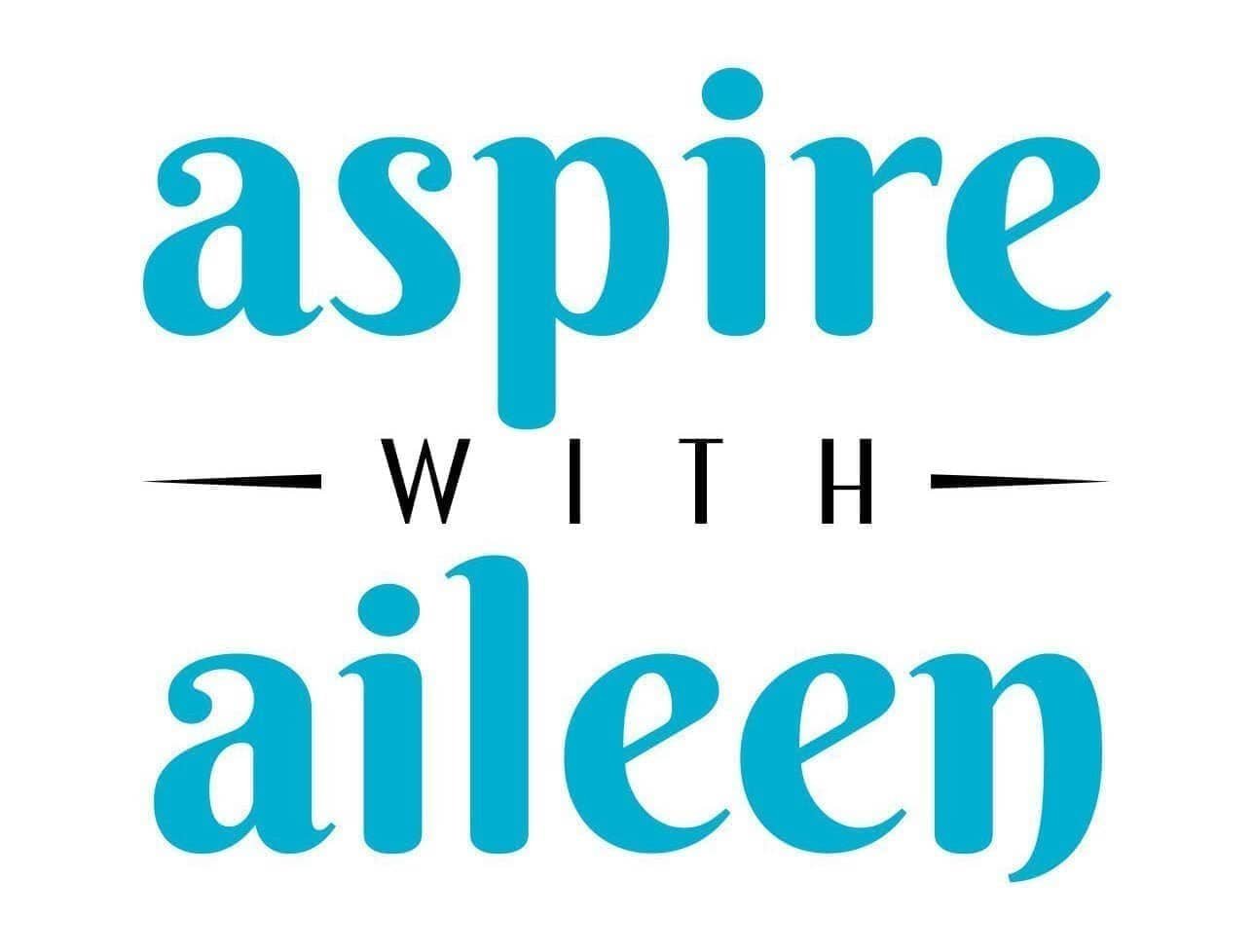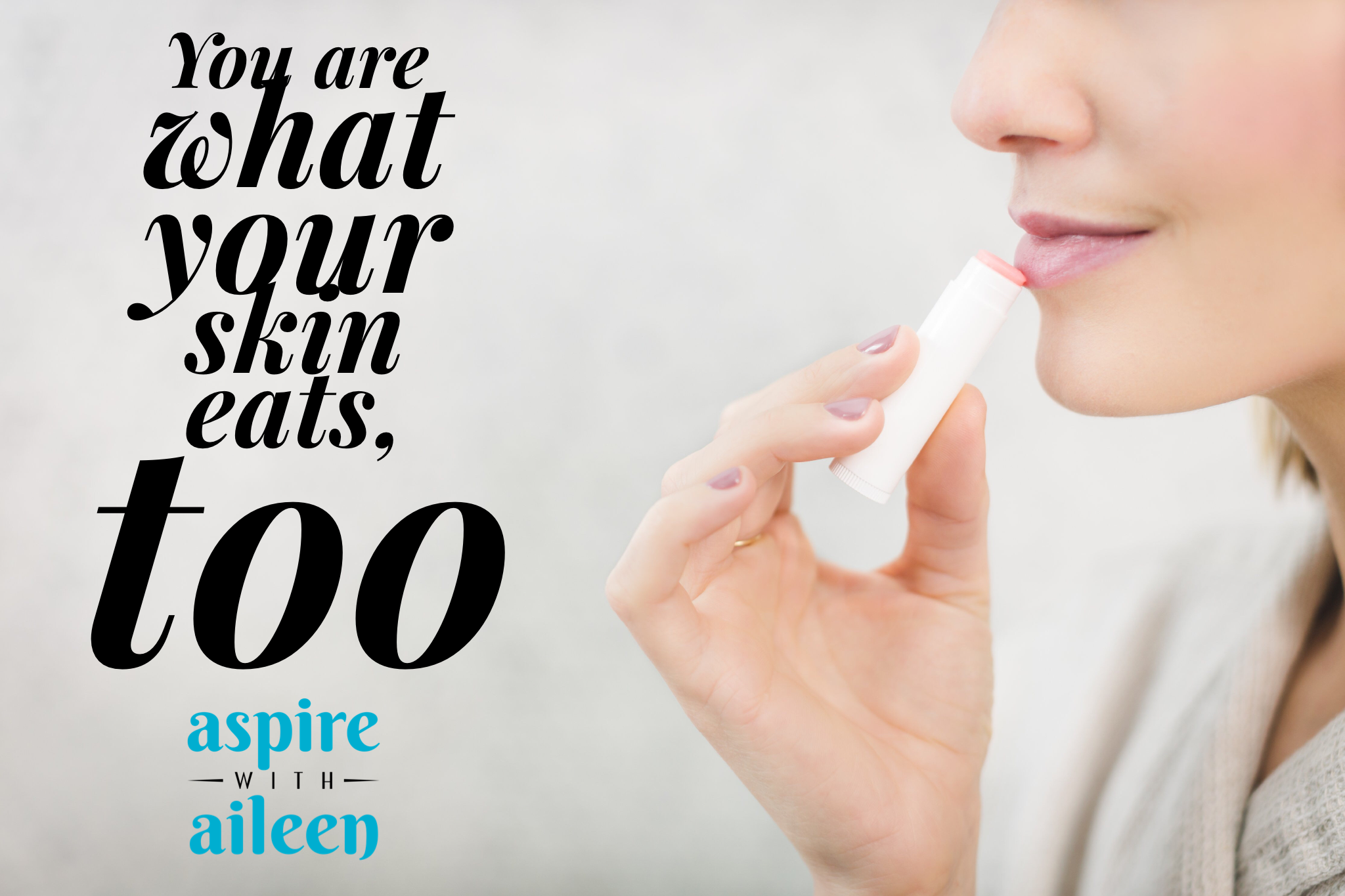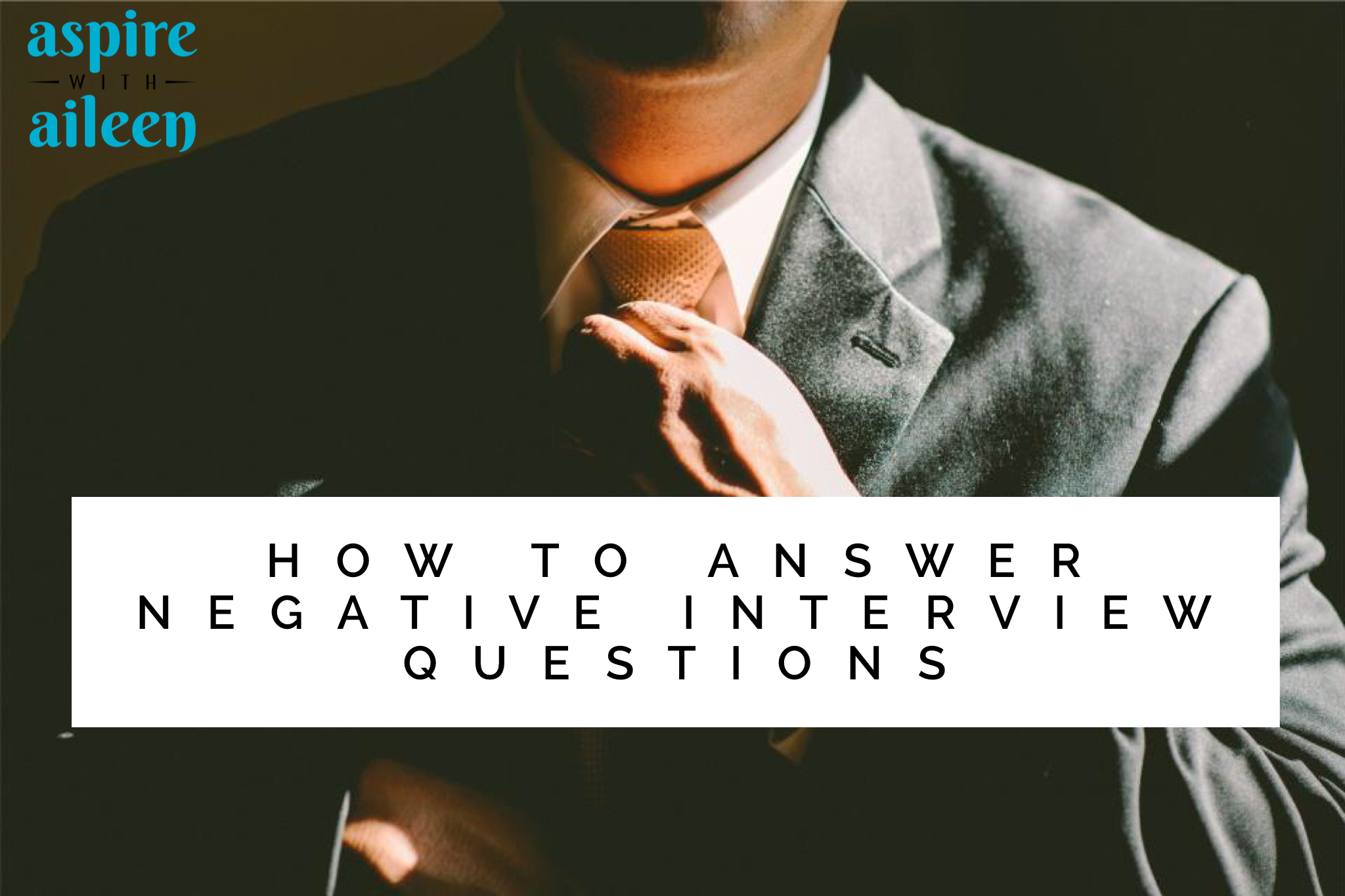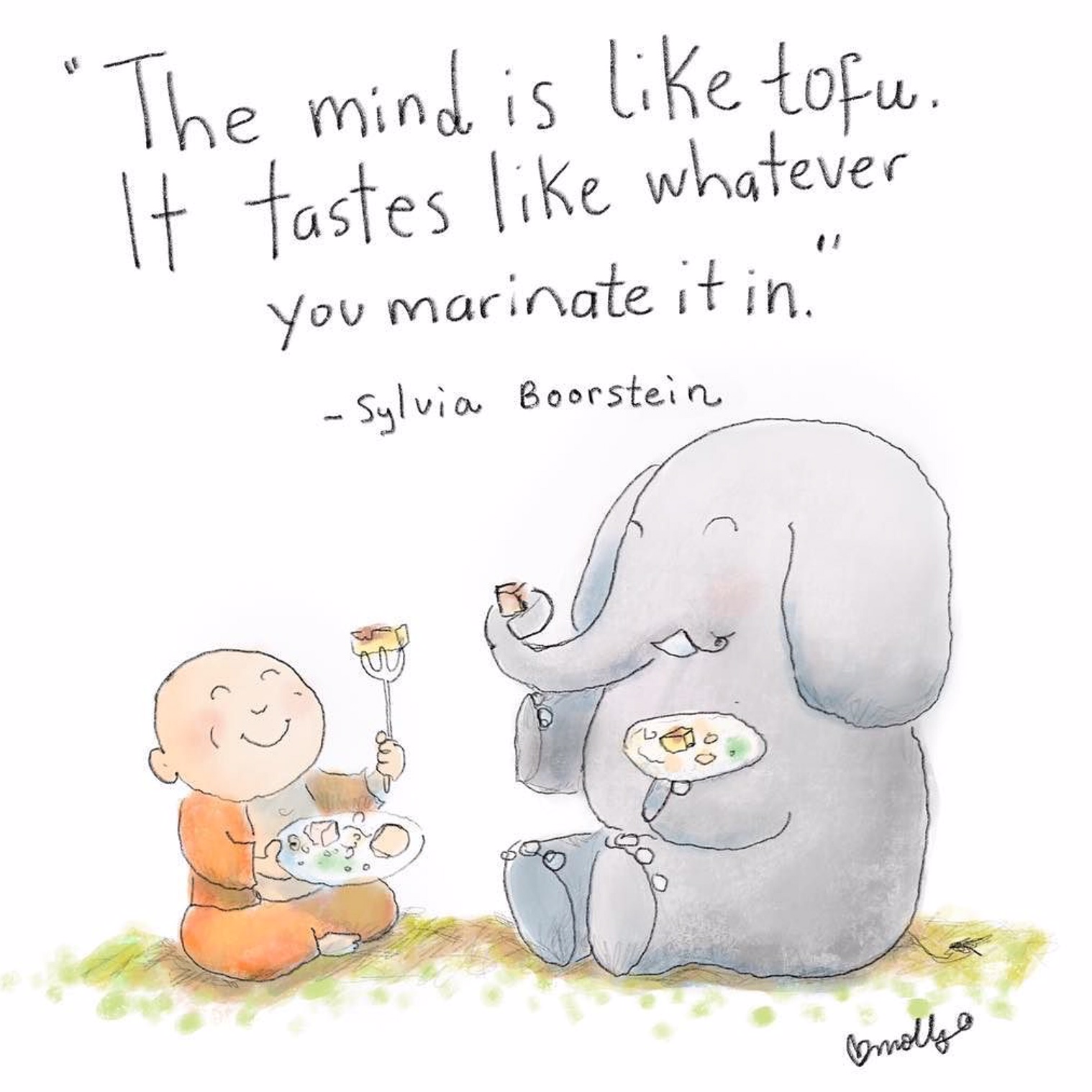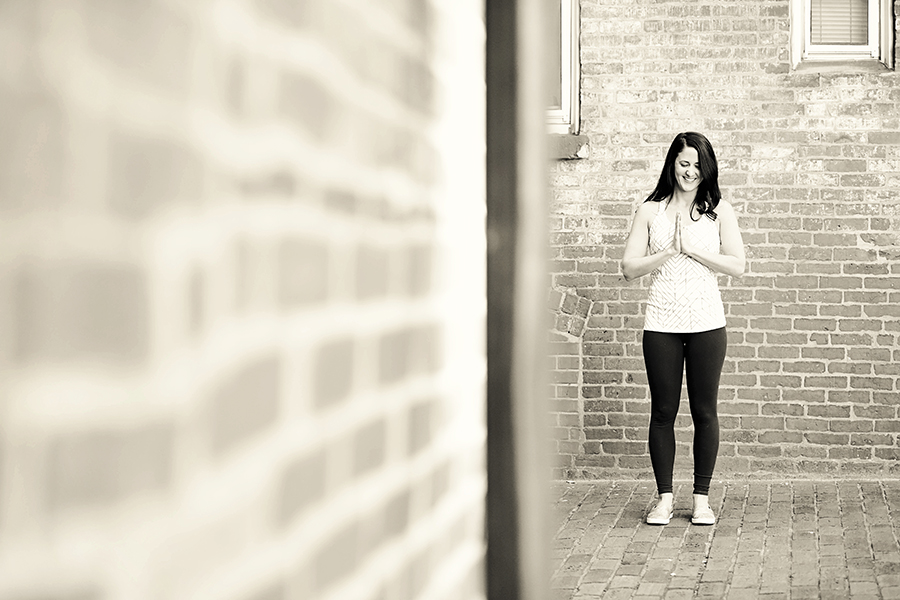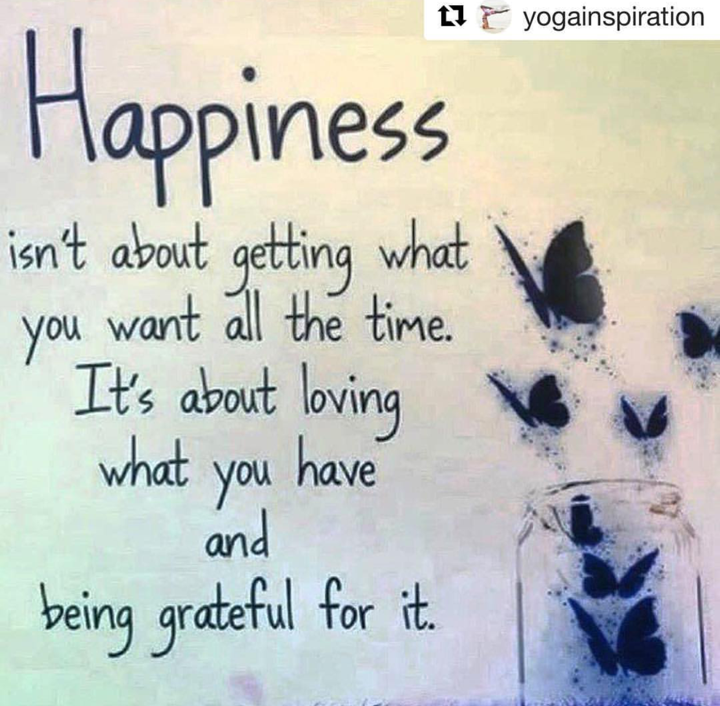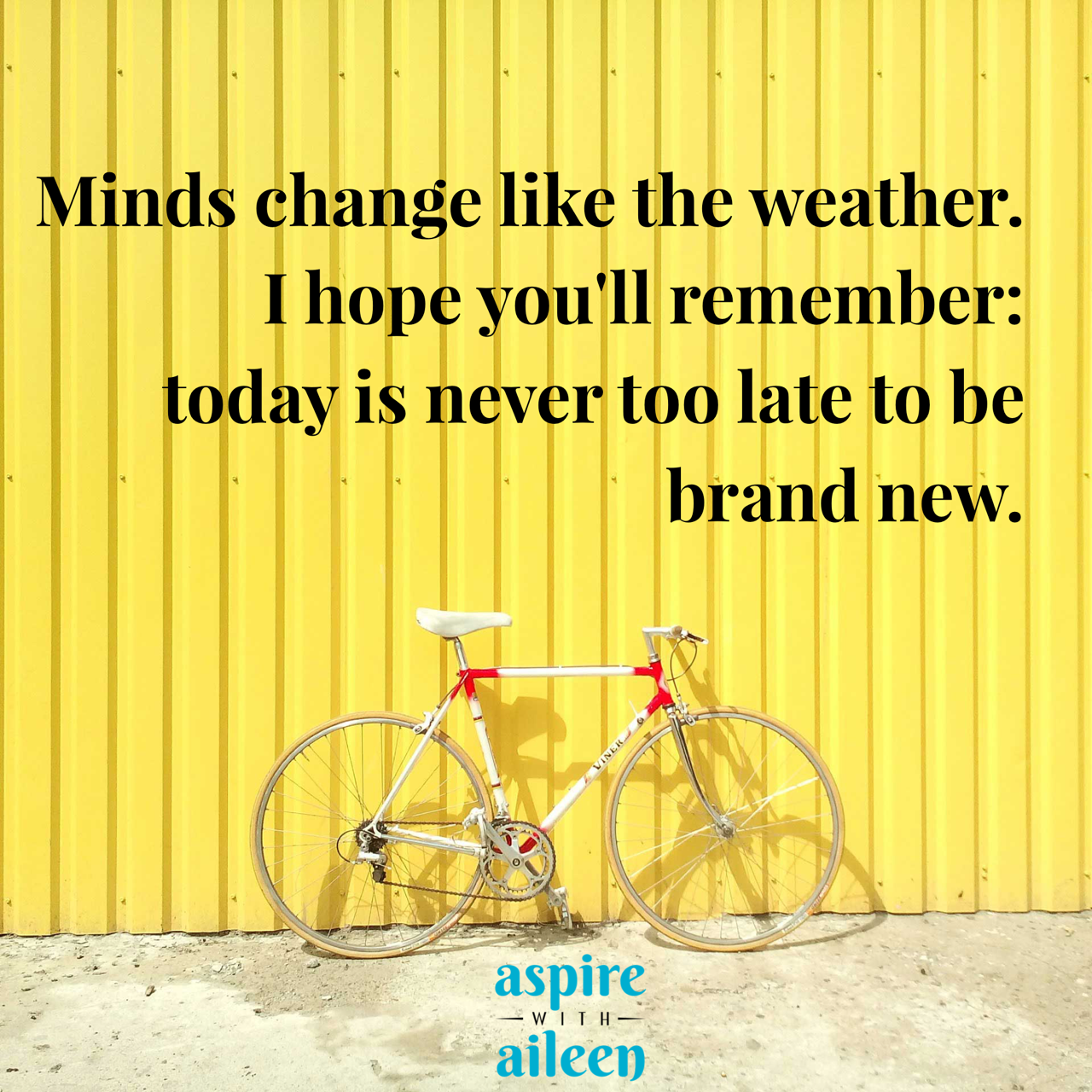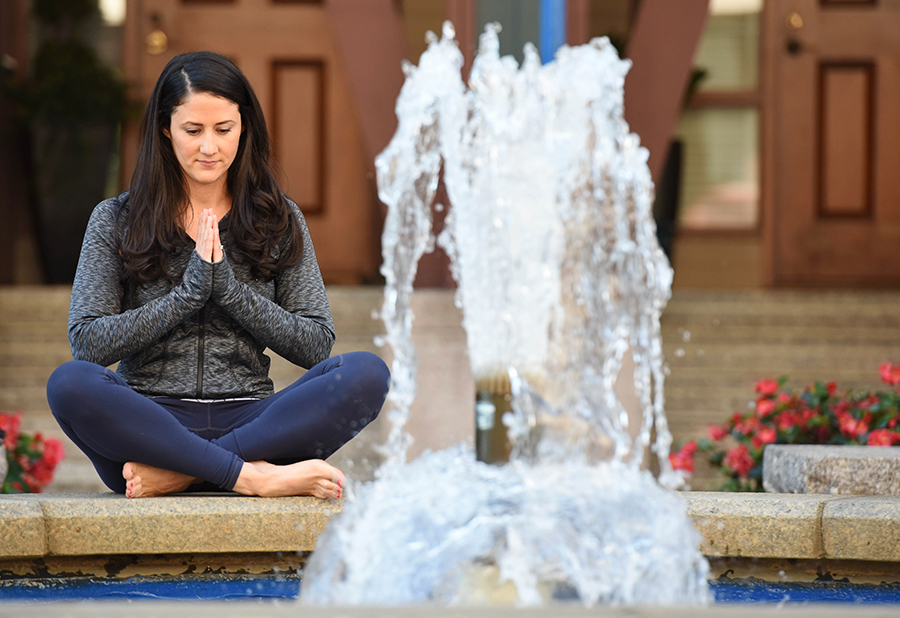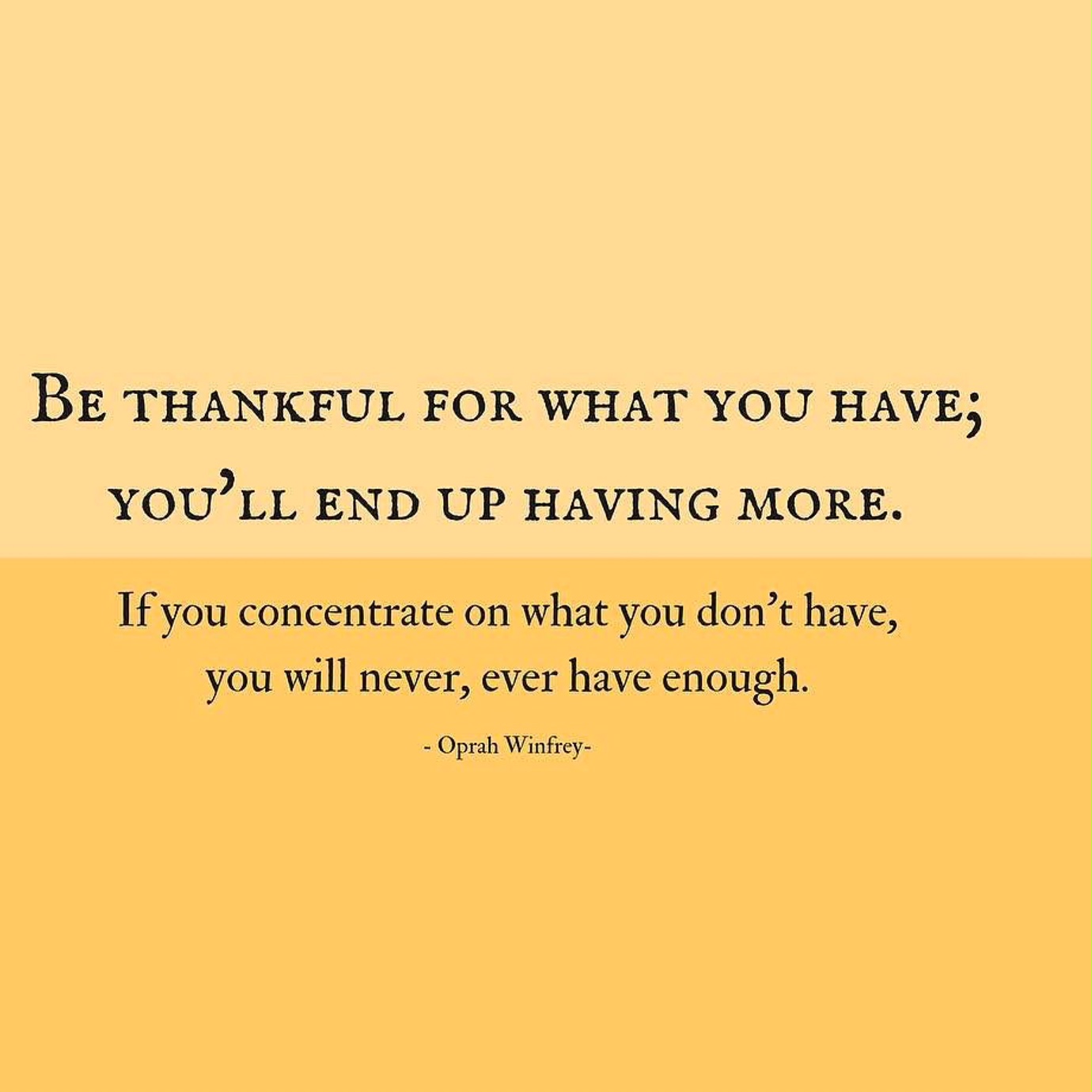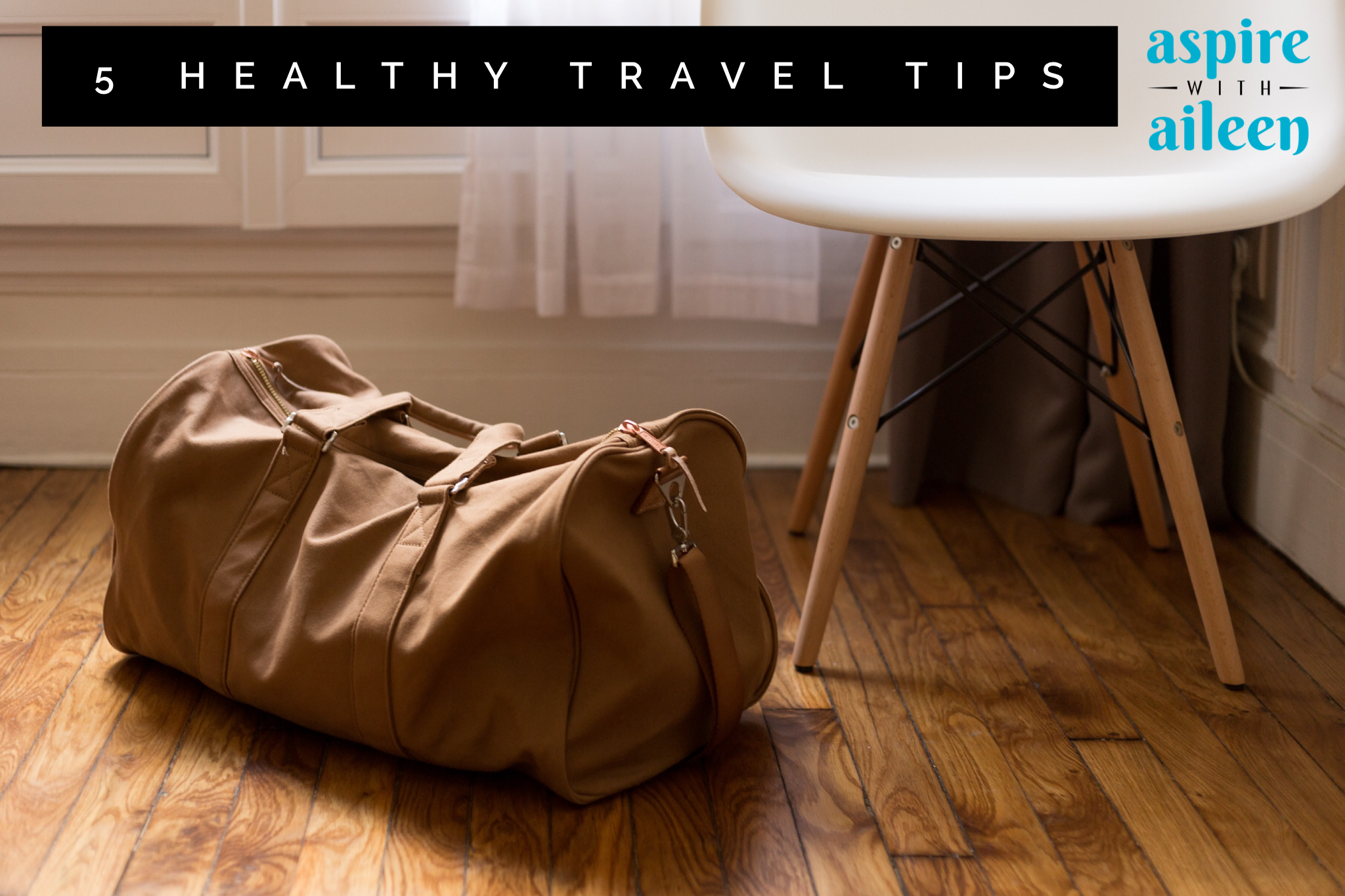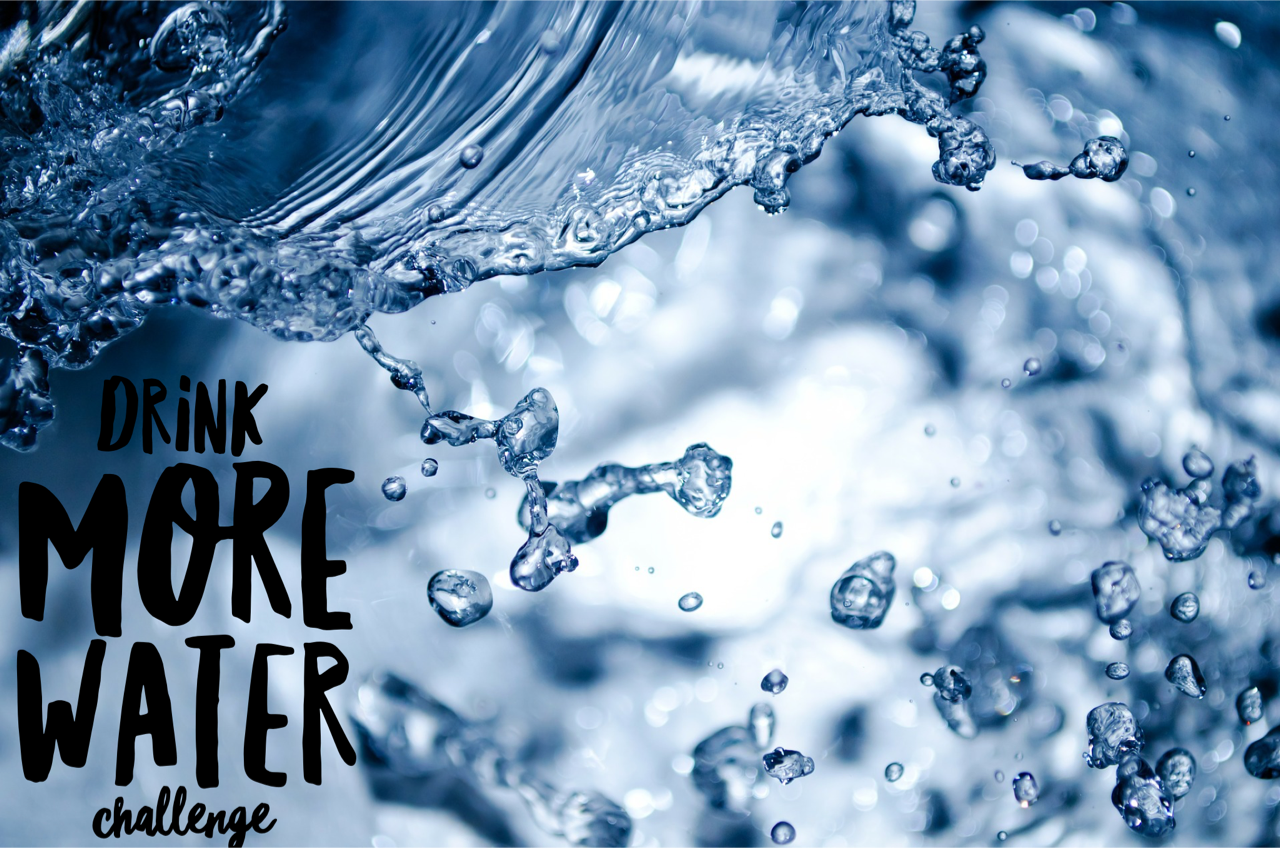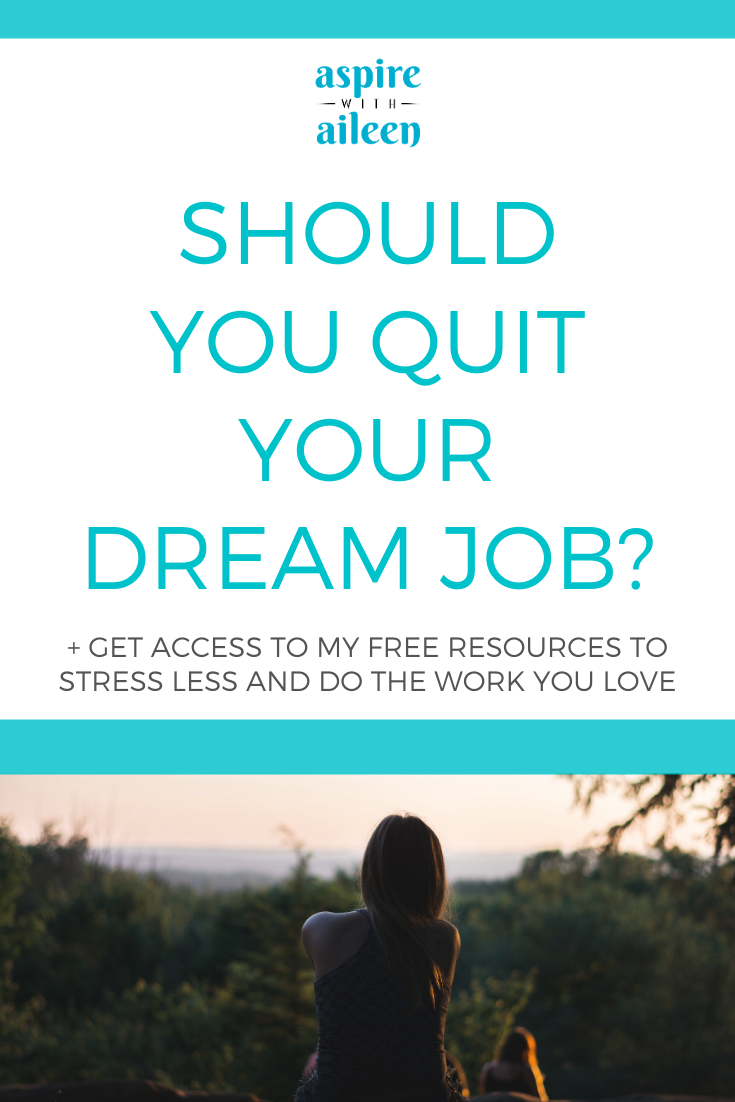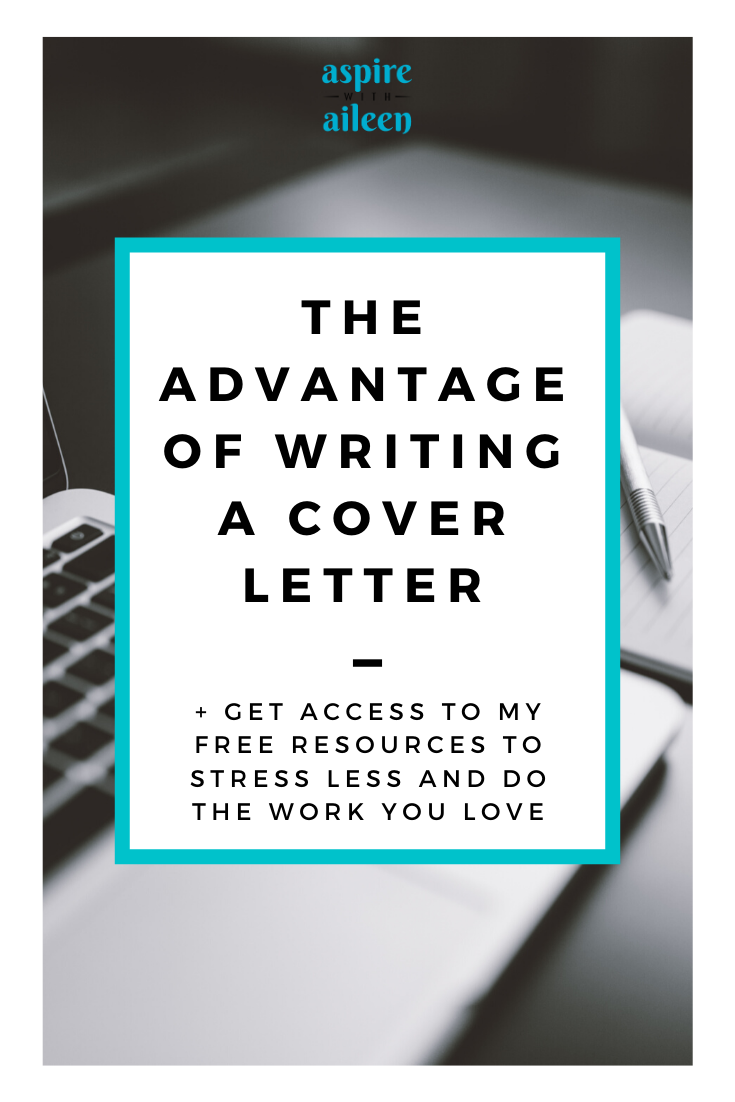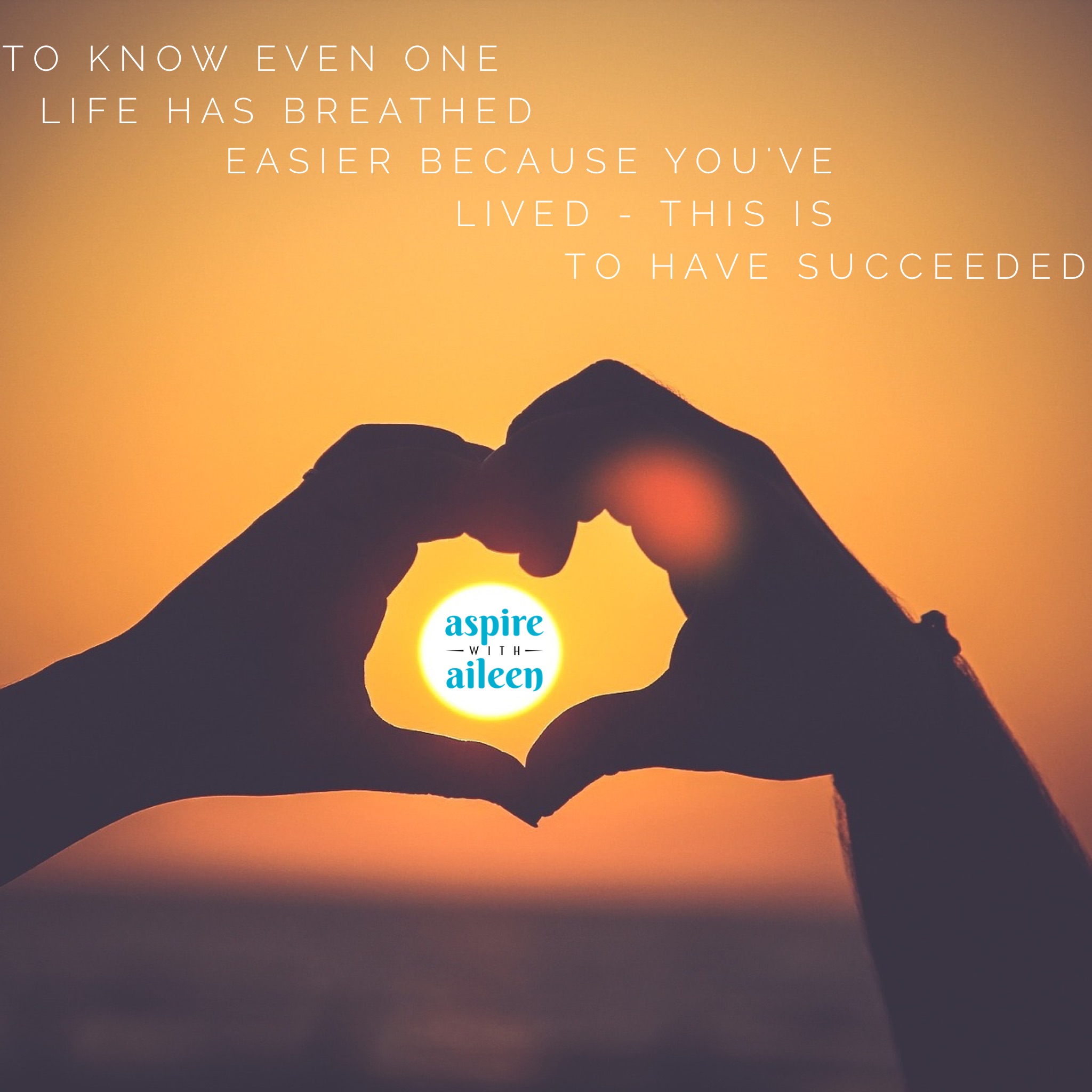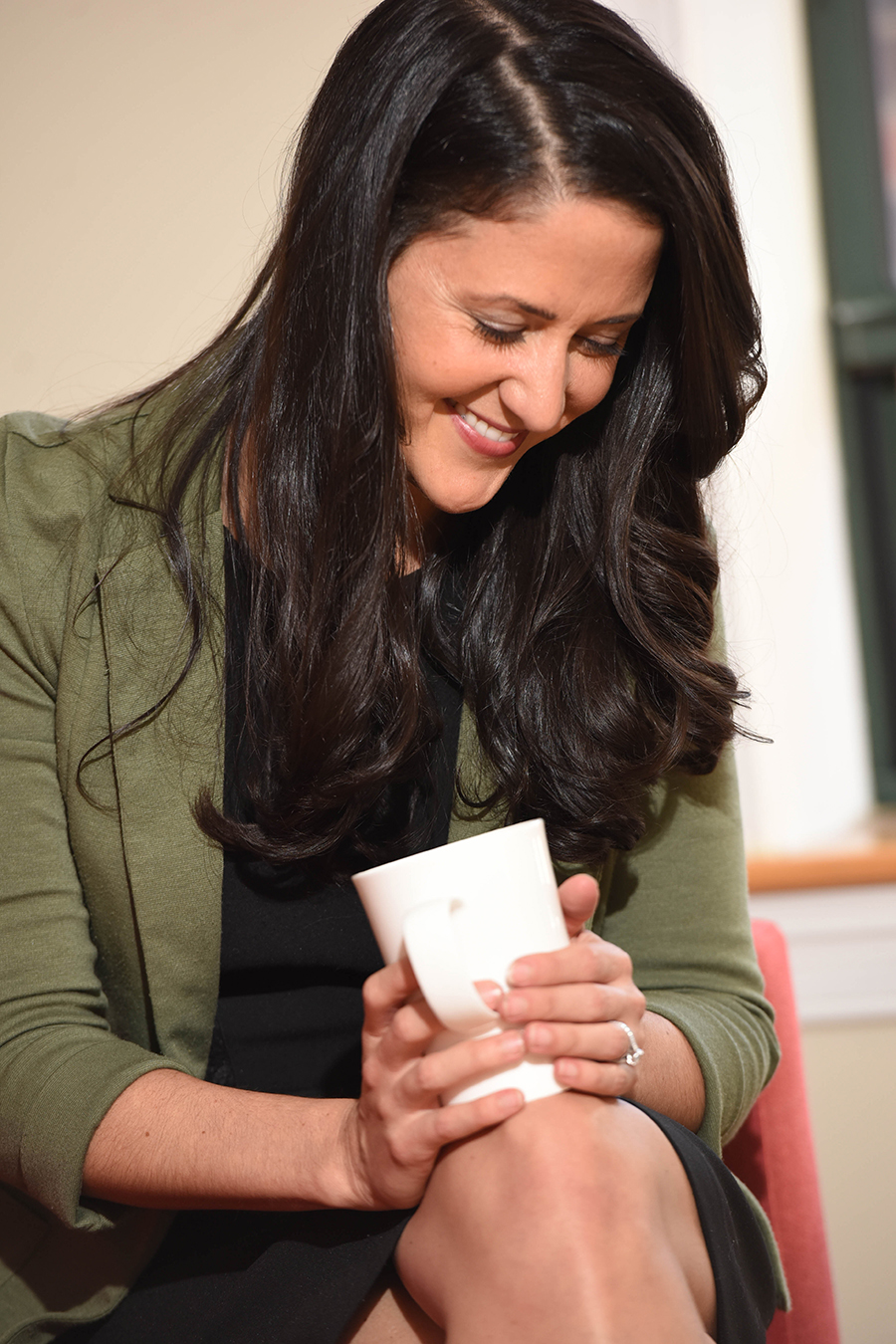There's so much anxiety and fear that comes along with the excitement of landing this precious time with an employer. One of the reasons why I love it so much is because it's so rewarding to use my holistic perspective and coaching skills to move people through those feelings to a place of confidence.
If you're battling a bout of the pre-interview scaries, read on to get moving!
The first thing to do is remember that there's a reason why you're being interviewed!
Really, that’s step one. It sounds simple, but my clients often get swept up in the overwhelm and overlook this critical information. Employers go through hundreds or thousands of applications before narrowing the pile down to a first round of interviews. They don't have the time or resources to interview you just for fun. Something in your application materials made them interested enough in you to connect.
Use that not only as a confidence building tool, but also as guidance on how to prepare. Go through all of your application materials and know them like the back of your hand. Assess what you think, from their perspective, is most attractive about you and practice speaking to those things.
This may sound obvious, but so many people have information on their resume that’s from a few years ago and when I ask them to tell me about it they fumble with remembering what they actually did.
Take a peek at your resume right now and skim to one of your oldest bullets – is that true for you, too?
Don’t let this happen with an employer. You may think the older information has nothing to do with the prospective job, and you may be right, but sometimes they’re intrigued to learn more for exactly that reason. It can break up the monotony for them when reading resumes of candidates with very similar backgrounds and experiences.
In summary: be able to speak to every single line on your resume.
The more you “overprepare” for an interview, the less anxiety surrounds it and the more you’ll be able to start off the conversation from a place of confidence.
Continue to use the clues you have in front of you to keep plugging away, instead of jumping over and Googling “interview questions.” If you followed my exercise for how to write a cover letter, you’ve already dissected the job description (if you haven’t, download my free guide to help make cover letter writing less painful while simultaneously setting yourself up to be ahead in your interviewing prep work). Based on the themes you’ve noticed in the post, you can anticipate what types of questions you’ll be asked, and then practice them out loud. You can also find sample interview questions on recruiting or career services sites with a quick Google search.
It will likely be uncomfortable practicing out loud, but it’s always worth it.
The way you think you’ll answer something in your head often translates very differently when it comes out of your mouth. Notice what part of the job or skills you feel weakest in and spend extra energy practicing how you’ll approach those instead of just hoping they won’t ask you about them.
Next, scour the company website, Glassdoor, and the news to be as informed as possible about how they’re branding themselves and what information is widely known about them.
Lastly, ask for information if you don’t have it.
I’ve had clients get so excited to be asked to interview that only later do they realize they don’t have very important information. One extreme example is when a client of mine didn’t even have a job description! He’d done an informational interview and they asked him to come in and interview the next day for a position that hadn’t even been posted yet. He accepted the interview and then had no idea how to prepare. When I asked him if he asked them for the details he said no. It’s a completely reasonable thing to ask for, and after some encouragement he realized he had nothing to be afraid of and sure enough they sent it his way when he asked.
Consider: Who will you be meeting with? How many people and at what times (and if it's a full-day interview, what snacks will you bring?)? What are the details of the job? Can you confirm the location, especially if they have multiple locations?
I can go on, but these guidelines should get you off to a very comprehensive start.
One last thing... If you’re nervous, don’t forget to breathe!
Deep belly breaths will help trigger your relaxation response to counter that stress. There’s debate about some other more holistic approaches to your mindset and physiology, but breathing should definitely be on your to-do list.
If you’re on a roll and want more tips, read on for how to answer negative interview questions or strategize your “What’s your weakness?” answer instead of just dreading being asked it!
